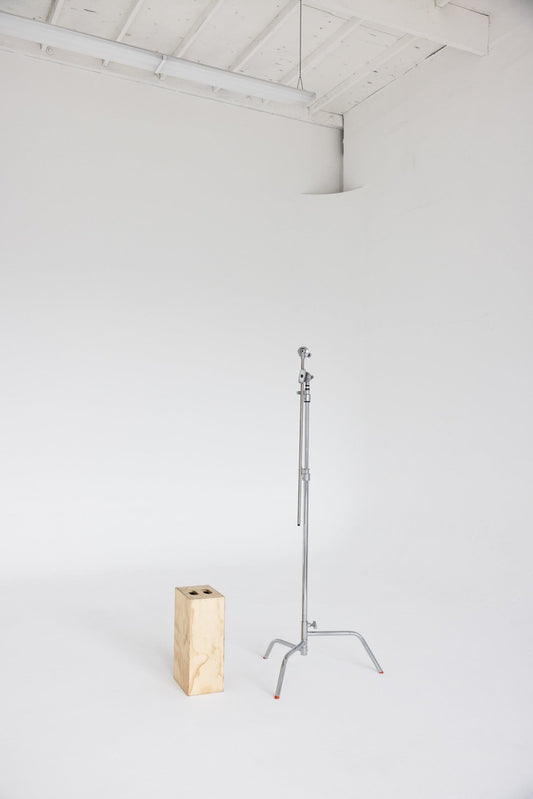Photographers can use lens filters to achieve various creative effects and enhance their images. Here are some common types of lens filters and the effects they produce:

Polarizing Filter
A polarizing filter reduces reflections and glare, enhances color saturation, and improves overall contrast. It is particularly useful for landscape photography, where it can deepen blue skies, make clouds more prominent, and reduce reflections on water or glass surfaces.
Neutral Density (ND) Filter
ND filters reduce the amount of light entering the lens without affecting color. They allow photographers to use longer exposures or wider apertures in bright conditions, creating effects such as motion blur in moving subjects or achieving shallow depth of field in well-lit scenes.
Graduated Neutral Density (GND) Filter
GND filters have a gradient that transitions from dark to clear. They are used to balance exposure in scenes with a significant difference in brightness between the sky and foreground. By placing the dark portion over the brighter area (usually the sky), GND filters help retain detail in both areas, preventing overexposure or underexposure.

Soft-Focus Filter
Soft-focus filters create a dreamy, ethereal look by diffusing light and reducing contrast. They can be used to add a romantic or nostalgic feel to portraits or create a soft and hazy atmosphere in landscape photography.

Star Filter
Star filters create star-shaped patterns around bright light sources, such as streetlights or the sun. They add a dramatic and glamorous touch to night scenes or images with prominent light points.
Infrared (IR) Filter
Infrared filters block visible light and allow only infrared wavelengths to pass through. They can produce surreal, otherworldly images with unique color shifts and ethereal qualities. IR filters are commonly used in landscape and black and white photography.

Close-Up Filters
Close-up filters, also known as macro filters, allow photographers to get closer to their subjects and capture fine details. These filters are a more affordable alternative to dedicated macro lenses and can be stacked for greater magnification.
When using filters, it's essential to consider their impact on image quality. High-quality filters made of optical-grade materials and coatings minimize any potential degradation of image sharpness, clarity, or color fidelity. Experimentation and practice will help you understand the specific effects each filter produces and how they can be creatively applied to enhance your photography.




